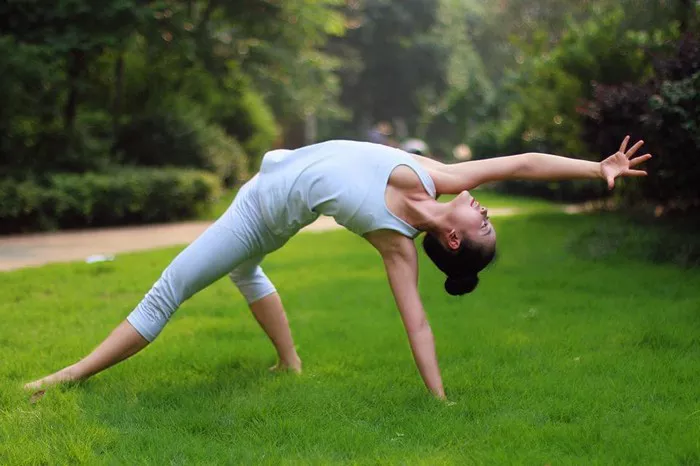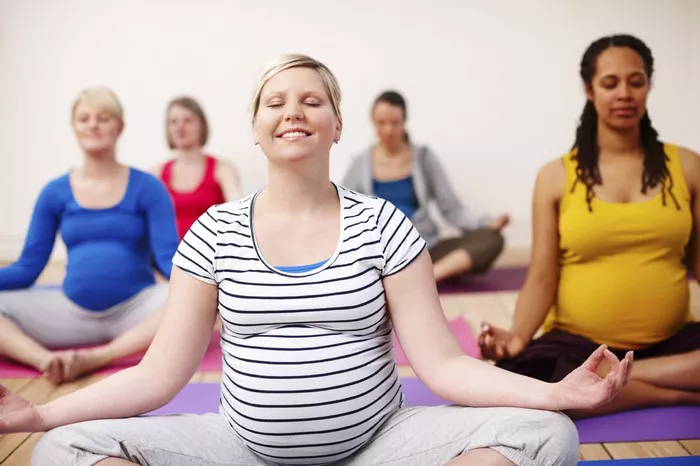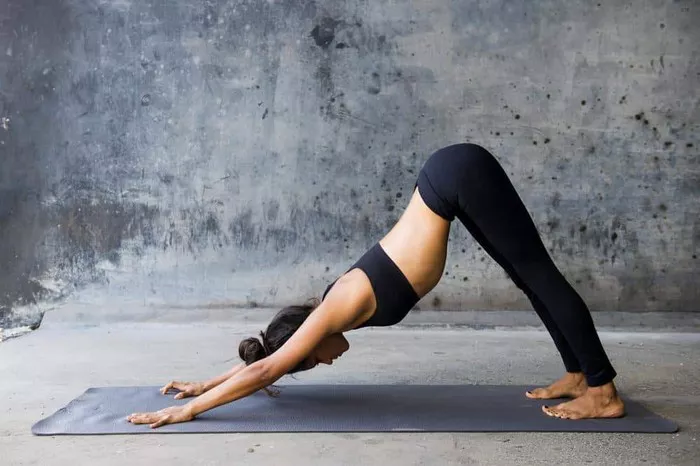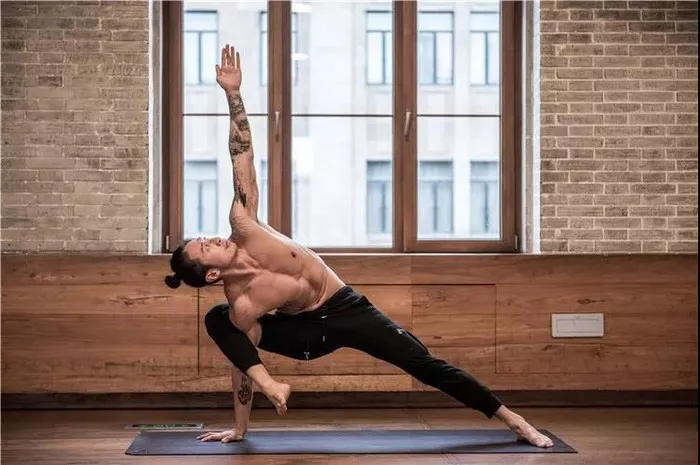Power yoga, an intense and dynamic form of yoga, is renowned for its ability to build strength, flexibility, and focus. Rooted in traditional yoga practices, power yoga incorporates vigorous movements and breath control to create a challenging and invigorating practice. Whether you’re a seasoned yogi or a beginner looking to explore the world of yoga, mastering power yoga can offer numerous physical and mental benefits. In this comprehensive guide, we delve into the essential components and techniques of power yoga to help you embark on your journey towards a stronger, more balanced self.
Understanding the Fundamentals
Before diving into the practice of power yoga, it’s essential to grasp the foundational principles that underpin this dynamic discipline. Unlike more gentle forms of yoga, such as Hatha or Yin, power yoga emphasizes strength, endurance, and intensity. Here are the key fundamentals to keep in mind:
1. Breath Awareness: Central to the practice of power yoga is the synchronization of breath with movement. Known as Vinyasa, this continuous flow of breath helps to create a seamless transition between poses, allowing for greater focus and concentration.
2. Alignment: Proper alignment is crucial to prevent injuries and maximize the benefits of each pose. Pay close attention to the positioning of your body, ensuring that your joints are stacked, and your muscles are engaged.
3. Core Engagement: Power yoga places a strong emphasis on core strength, which serves as the foundation for many poses. Engage your abdominal muscles throughout the practice to stabilize your torso and enhance your overall stability.
4. Intention Setting: Before beginning your practice, take a moment to set an intention or focus for your session. Whether it’s building strength, cultivating mindfulness, or simply finding balance, having a clear intention can guide your practice and keep you grounded.
Preparing for Practice
Prior to embarking on a power yoga session, it’s essential to prepare your body and mind for the physical and mental challenges ahead. Here’s how to create an optimal environment for your practice:
1. Warm-Up: Start with a gentle warm-up to loosen your muscles and increase blood flow. Incorporate movements such as Cat-Cow stretches, Sun Salutations, and gentle twists to prepare your body for more intense sequences.
2. Hydration: Ensure that you’re adequately hydrated before starting your practice, as power yoga can be demanding and cause you to sweat profusely. Drink water throughout the day leading up to your session to maintain optimal hydration levels.
3. Proper Attire: Wear comfortable, breathable clothing that allows for unrestricted movement. Opt for moisture-wicking fabrics that will help keep you dry and comfortable throughout your practice.
4. Equipment: While power yoga can be practiced with minimal equipment, you may choose to use props such as yoga blocks or straps to aid in achieving proper alignment and support during challenging poses.
The Power Yoga Sequence
A typical power yoga session consists of a series of dynamic sequences, or flows, that flow seamlessly from one pose to the next. These sequences are designed to build strength, flexibility, and endurance while promoting mindfulness and concentration. Here’s a breakdown of a basic power yoga sequence:
1. Sun Salutations (Surya Namaskar): Begin your practice with several rounds of Sun Salutations to warm up your body and synchronize your breath with movement. Sun Salutations consist of a series of poses that flow together in a fluid sequence, including Forward Fold, Plank, Upward-Facing Dog, and Downward-Facing Dog.
2. Standing Poses: Move into a series of standing poses to build strength and stability in your legs, core, and upper body. Poses such as Warrior I, Warrior II, and Triangle Pose help to open the hips, stretch the muscles, and improve balance and concentration.
3. Balancing Poses: Challenge your balance and focus with a variety of balancing poses, such as Tree Pose, Eagle Pose, and Half Moon Pose. These poses not only strengthen the muscles but also cultivate mental resilience and concentration.
4. Core Work: Transition into a series of core-strengthening exercises to target the abdominals, obliques, and lower back. Poses such as Boat Pose, Plank variations, and Leg Lifts help to build core strength and stability, essential for supporting your practice and preventing injuries.
5. Backbends and Inversions: Incorporate backbends and inversions to open the chest, stretch the spine, and build confidence. Poses such as Cobra Pose, Upward Bow Pose, and Shoulder Stand offer a counterbalance to the forward-leaning postures of daily life and promote a sense of vitality and renewal.
6. Cool Down and Savasana: Wind down your practice with a series of gentle stretches and forward folds to release tension and promote relaxation. Finally, conclude your practice with Savasana (Corpse Pose), allowing your body and mind to fully integrate the benefits of your practice and experience a deep sense of peace and rejuvenation.
Tips for a Successful Practice
To make the most of your power yoga practice, keep the following tips in mind:
1. Listen to Your Body: Honor your body’s limitations and avoid pushing yourself beyond your comfort zone. Modify poses as needed and take breaks whenever necessary to prevent injury and maintain a sustainable practice.
2. Stay Present: Cultivate mindfulness and awareness throughout your practice by focusing on your breath and staying present in each moment. Let go of distractions and external concerns, allowing yourself to fully immerse in the present experience.
3. Be Patient and Persistent: Building strength, flexibility, and proficiency in power yoga takes time and consistent effort. Approach your practice with patience and persistence, trusting in the process and embracing the journey of self-discovery and growth.
4. Stay Hydrated and Nourished: Replenish your body with plenty of water and nutritious foods following your practice to support recovery and replenish lost fluids and electrolytes.
5. Seek Guidance and Support: If you’re new to power yoga or struggling with certain poses, consider seeking guidance from a qualified yoga instructor. Attending classes or workshops can provide valuable feedback and personalized instruction to enhance your practice.
Conclusion
By incorporating these principles and techniques into your practice, you can unlock the transformative power of power yoga and embark on a journey towards greater strength, flexibility, and inner peace. With dedication, perseverance, and an open heart, you can harness the profound benefits of this dynamic practice and cultivate a deeper connection with yourself and the world around you.























